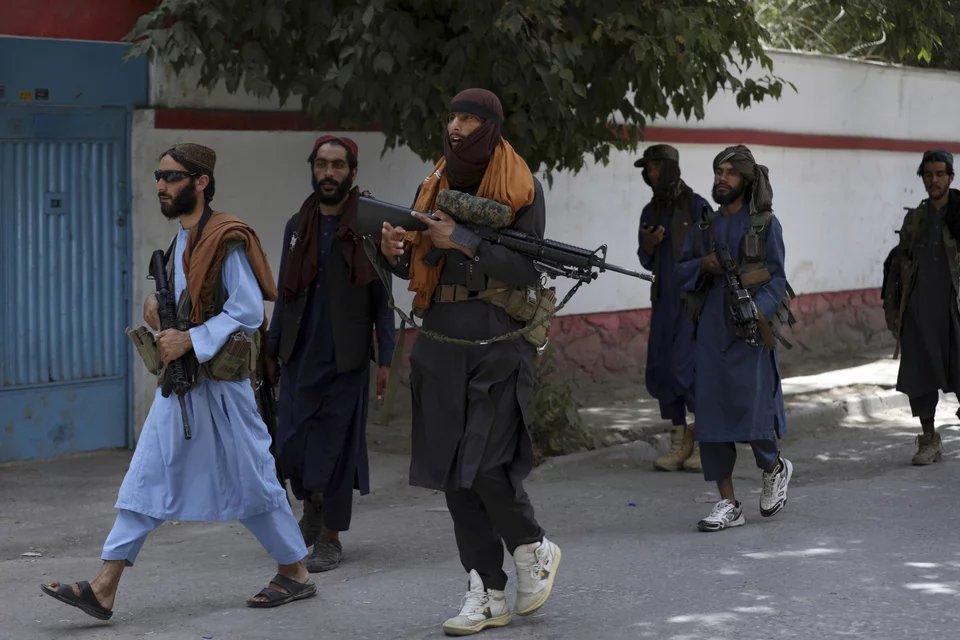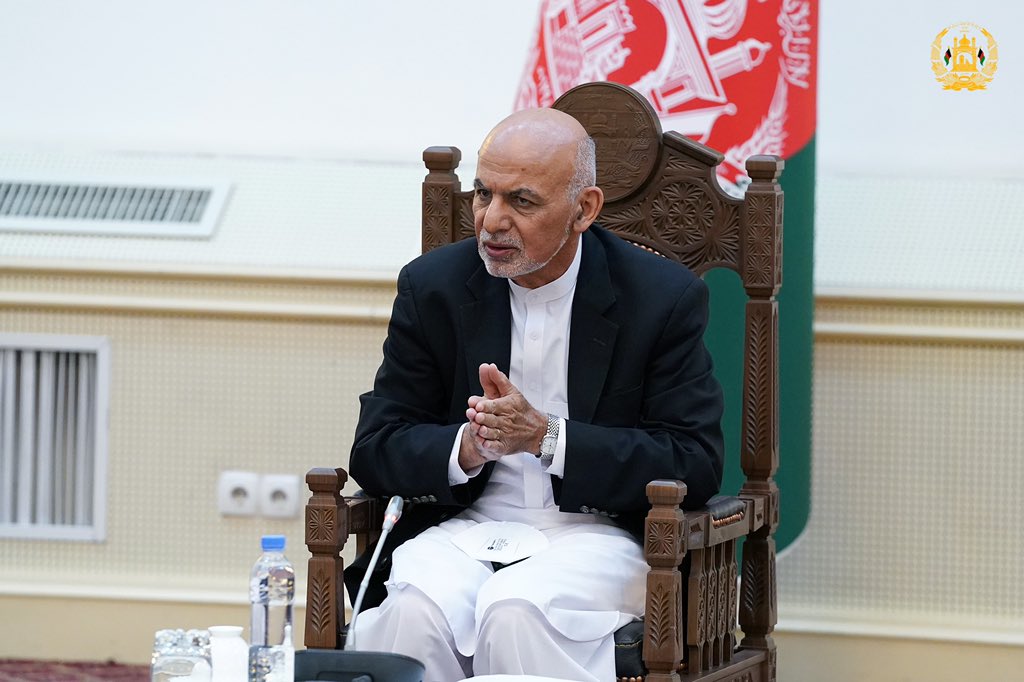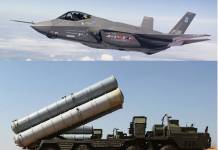After seizing Kabul, the Taliban have turned to Iran for the resumption of critical oil supply, and not Saudi Arabia and the UAE, which, along with Pakistan, were the only countries in the world to have diplomatic relations with the previous Taliban-government.
Arch Rivals India & Pakistan Collaborate With ‘Drone Superpower’ Turkey To Develop High-End UAVs
Obviously, 2021 is not 2001. The Taliban today are much more comfortable with Iran, ironically the country against whom it had fought in the past, than with its previous benefactors – Saudi Arabia and the UAE. For the Taliban, the geopolitics of the Middle East seem to have changed.
Saudi Aid To Taliban
It may be noted that Saudi Arabia was helping the Taliban financially even before they had established their rule in 1996 and were fighting against the Russian-supported government of the day.
If Pakistani journalist Ahmed Rashid is to be believed, the Saudis provided nearly “US $4 billion in aid to the Mujahideen between 1980 and 1990, which did not include unofficial aid from Islamic foundations, charities, private funds of Princes, and mosque collections”.
The then Saudi regime and the Taliban shared the same ideological outlook of promoting Islamic fundamentalism all over the world. This factor prevailed over Riyadh’s otherwise unhappiness with the Taliban for their refusal to hand over the Al Qaeda founder Osama bin Laden, a fugitive Saudi national.

However, realizing that political Islamists are the biggest dangers to the dynastic rules in most parts of the Gulf (including the UAE), rulers are now easing restrictions on daily life, unthinkable in the conservative kingdoms in the past.
How Riyadh Changed Its Stance
Saudi Arabia under the effective rule of Prince Mohammed bin Salman has now freed the women from most of the curbs imposed by the religious police, permitting them even to drive.
He has also allowed public entertainment. He is said to be far less inclined to embrace distant causes out of Islamic solidarity. Instead, he is more focused on building a modern image of the country.

Even otherwise, Saudi Arabia has not liked the Taliban’s diplomatic parleys in Doha, particularly when Qatar is seen as an annoying rival. But what Riyadh dislikes the most is the nature of Taliban–Iranian relations at present.
Even otherwise, Saudi Arabia is strongly attached to the United States and other Western powers than Russia and China, the two other major powers who are backing the Taliban government emphatically and clearly, along with Pakistan.
UAE Shuns Radical Islam
All the above elements in the Saudi reasoning with regard to the Taliban are also present in the case of the UAE. Under the leadership of Prince Mohammed bin Zayed, the UAE has taken an aggressive posture against the ideological expanse of radical Islam and wants to become ‘Singapore of the Middle East’ by attracting vast amounts of trade, business, and investments from across the world.
It wants to diversify its economic portfolio so that it is not solely dependent on oil wealth.

Though the UAE has welcomed the Taliban’s “emphasis on amnesty and tolerance” and its Emirates is one of the few carriers currently running flights out of Kabul, it has not liked the way the diplomatic parleys, which it was the first to suggest, shifted to Doha.
No wonder that the UAE has granted asylum to Ashraf Ghani, the ousted Afghan president, and has refrained from indicating whether it intends to recognize Taliban rule. For the UAE, home to about 150,000 Afghans, categorical support to the Taliban and its policies at the moment may be a huge risk that it cannot afford.
Iran’s Bonhomie With Taliban
Obviously, the country in the Gulf region which has gained the most is Iran, though ironically, Tehran and the Taliban were adversaries in 2001.
That time Iran was only supporting the Taliban’s nemesis, the Northern Alliance. On its part, the Taliban were murdering Iran’s diplomats in Herat. In fact, Iran connived in the Taliban’s overthrow. But now, the Taliban’s return is a big welcome for Iran.
Tehran may not share the same Islamic creed with the Taliban (Iran being a country of the Shias), but in the intervening two decades, the Iranian regime has steadily and stealthily moved into strategic alignment with the Taliban. There seem to be two principal reasons.
First, Iran shares with the Taliban what the analysts say a passionate rejection of US influence in the region. It considers the US’ prolonged presence in Afghanistan, or for that matter anywhere in the Middle East, to be an anathema to the revolutionary values of the Islamic Republic.

The Taliban may be Sunni-fundamentalist and a long-term adversary, but in the choice between two long-time adversaries, “Tehran prefers Taliban-led disorder to US-backed order”.
Secondly, as John Raine, a former British diplomat says, “Iran and the Taliban both need strategic depth. Iran needs an ally in Herat and western Afghanistan, while the Taliban needs strategic depth on all sides to compensate for what will, it knows, be at best-limited support in the international community.
It already has Pakistan. Iran balances it up nicely and brings reach into the Arab Levant.”
However, Iran’s policy towards the Taliban may face two challenges, argues Karim Sadjadpour, a senior fellow at the Carnegie Endowment for International Peace.
One, the Taliban return will further increase the flows of the Shia Afghan refugees into Iran, which once was home to two million Afghan refugees, more than half of whom returned home after the 2001 US removal of the Taliban.
The return of many of these refugees and the sudden influx of cheap Afghan labor in Iran could exacerbate social tensions given Tehran’s inability to meet the economic and employment needs of its own citizens.
Two, the return of the Taliban could also increase drug trafficking threats. It may be noted that more than 80 percent of the global heroin supply originates in Afghanistan, much of which is transported westward via the porous Iran-Afghanistan border.
“Iran spends hundreds of millions of dollars annually, and loses thousands of soldiers, to counter the flow of cheap drugs into the country, which (coupled with unemployment and social repression) have given it one of the world’s highest rates of drug addiction”, argues Sadjadpour.
More @ EurAsian Times
- US Experiments With ‘Revolutionary Air Combat Training’ For Fighter Pilots To Dogfight Russian, Chinese Jets
- Despite J-20 Stealth Jet, Why Is China Keen To Acquire Another Stealth Fighter – Russian Su-57 To Its Arsenal?




